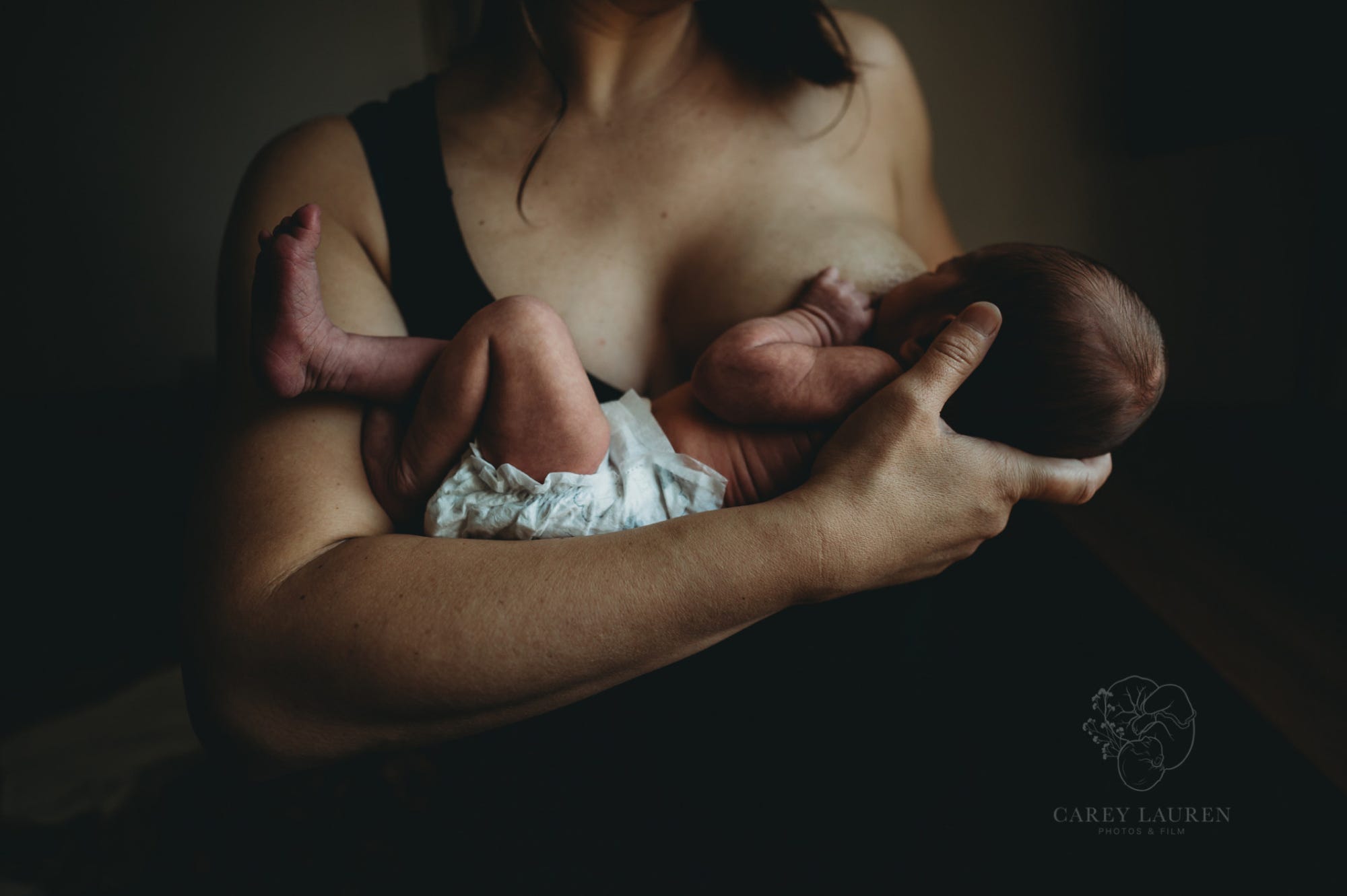
- The percentage of US home births increased 22% from 2020 and 2019 compared to 1% from 2018 and 2019.
- The increase was steepest among Black women, who may be drawn to home births to avoid medical racism.
- Out-of-hospital births have been on the rise, but professional organizations say they can be risky.
The percentage of American babies born at home in 2020 was higher than any year since at least 1990, the last year comparable data was collected, according to a new report from the Centers for Disease Control and Prevention.
While the percentage of home births has hovered around 1% for decades, last year, 1.26% of deliveries were in private residences. That's a 22% increase from the 1.03% of home births in 2019. Between 2018 and 2019, by contrast, the percentage of home births only rose 1%.
The surge was seen across 40 states and in non-Hispanic white, non-Hispanic Black, and Hispanic people alike.
The authors say the pandemic likely fueled the spike, which peaked in May 2020. Birthing people wanted to avoid contracting COVID-19 in the hospital, and didn't want to deliver alone or be separated from their babies after birth, as some hospitals mandated in the spring.
For women of color like actress Jodie-Turner Smith, who delivered at home in 2020, the decision was more related to the healthcare system's "horrendous track record with Black women," her husband Joshua Jackson told Esquire.
The CDC report, which relied solely on birth certificate data, didn't look at the moms and babies' outcomes beyond having a live birth. We also don't know how many of the home births were planned, or how many were assisted by a birthing professional like a midwife or doula, which can improve outcomes.
The American College of Obstetricians and Gynecologists (ACOG) maintained in 2020 that hospitals and accredited birth centers are the safest places to give birth, and that unplanned home births are especially risky.
Home births have been ticking up
Home births have been ticking up since 2004. People are often drawn to the prospect of fewer unnecessary medical interventions, which can have negative consequences for mom and baby, according to a consensus paper by three American midwifery organizations.
Oxytocin to induce labor, for example, comes with side effects that can necessitate their own interventions. C-sections can lead to chronic pain and placental complications in women, and respiratory distress in infants.
And, the paper says, "regardless of intervention or outcome, childbearing care perceived by the woman as disrespectful or traumatic" can lead to health consequences and disrupt mom-newborn bonding.

While a higher percentage of white women still deliver at home than Black and Hispanic women, the percentage of Black women who had home births increased most dramatically — 36% — between 2019 and 2020, from 0.5% to 0.68%.
They may drawn to out-of-hospital options for birth, since institutionalized racism contributes to rates of maternal mortality that are 2 to 5 times higher in Black women than white women — no matter their level fame, education, or wealth.
"It's really easy for people to look at maternal mortality disparities for Black people and say, 'If they make this much money or have this much education, it should be better,' but research shows it doesn't matter. It doesn't make a difference," Sabia Wade, known as "The Black Doula," previously told Insider.
Risks of home birth
According to ACOG, home births are associated with more than double the risk of a baby dying between 22 weeks gestation and seven days after birth. They're also linked with three times the risk of infant seizures or serious neurologic dysfunction.
One controversial research presentation from earlier this year found home-birth babies were more than 14 times more likely to die than those born in the hospital and attended by midwives.
Unplanned home birth — which make up about a quarter of all home births — is particularly risky since the experiences are most successful when the woman is low-risk for any complications, is attended by an appropriately credentialed midwife or physician, and has safe access to a nearby hospital.
But statistics comparing out-of-hospital to hospital births are flawed, and non-medical and medical birthing professionals tend to agree that women have the right to make an informed decision about where they deliver.

